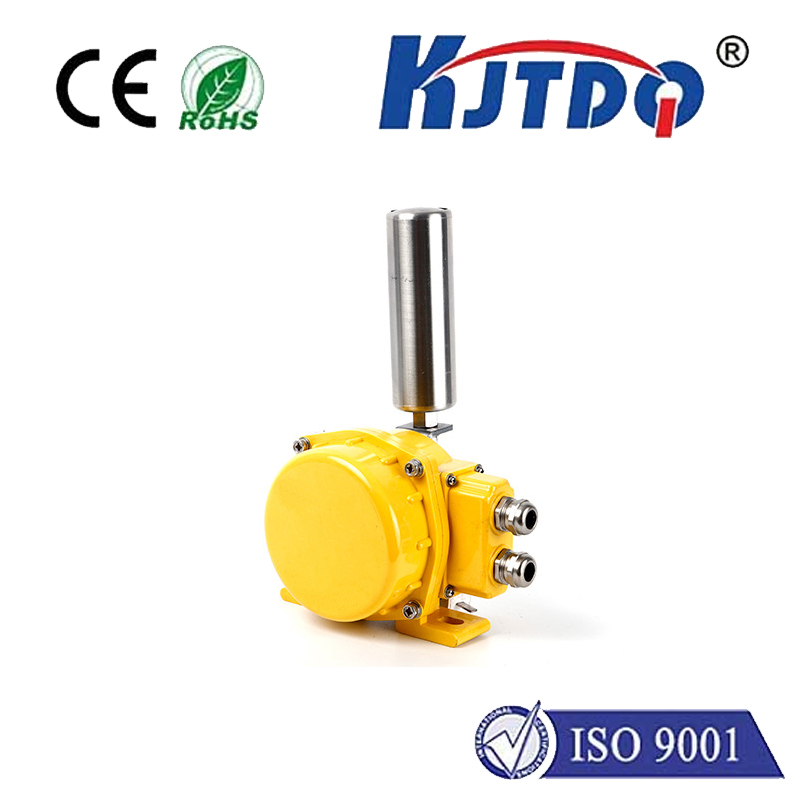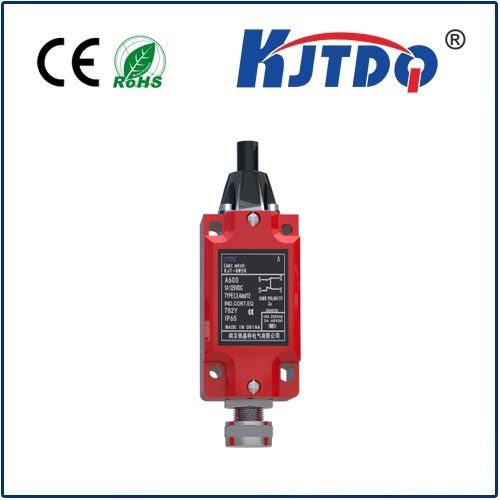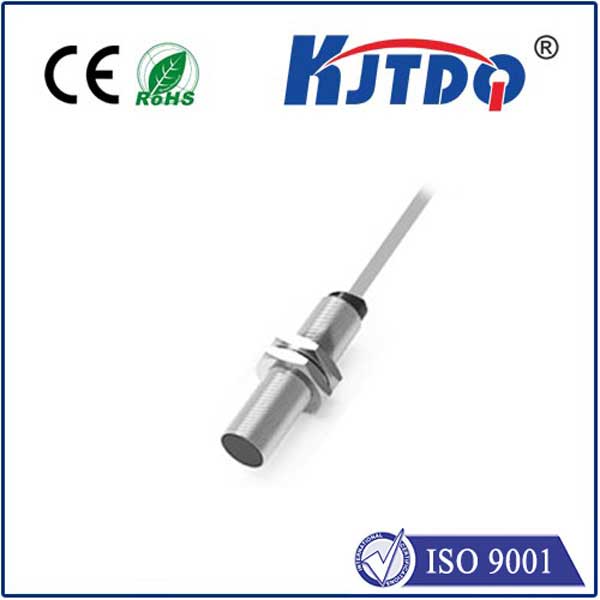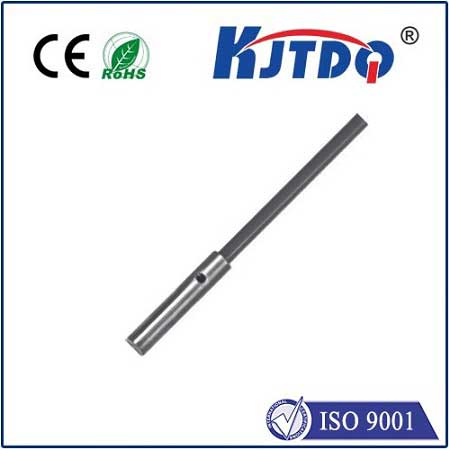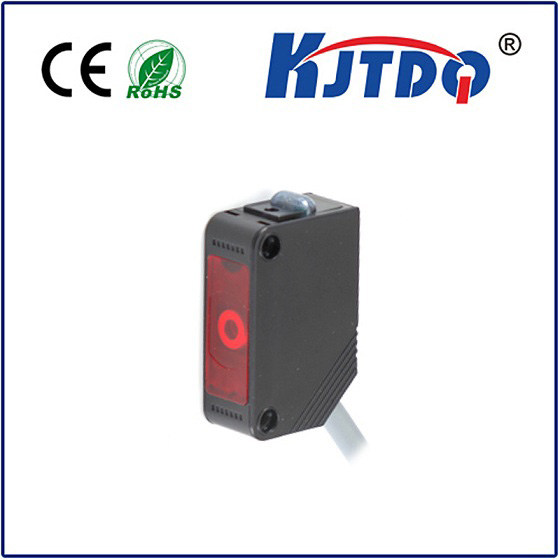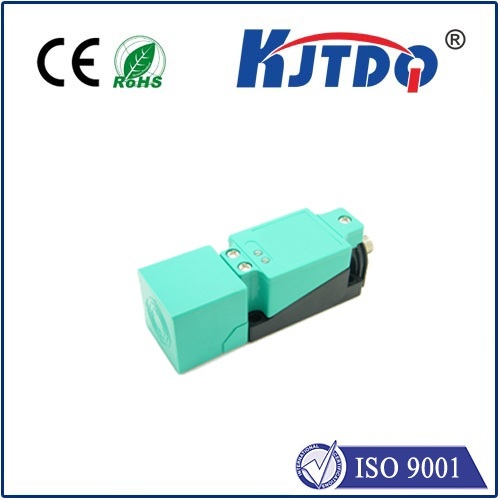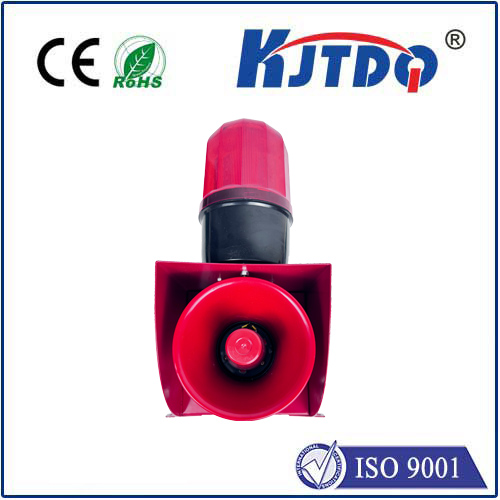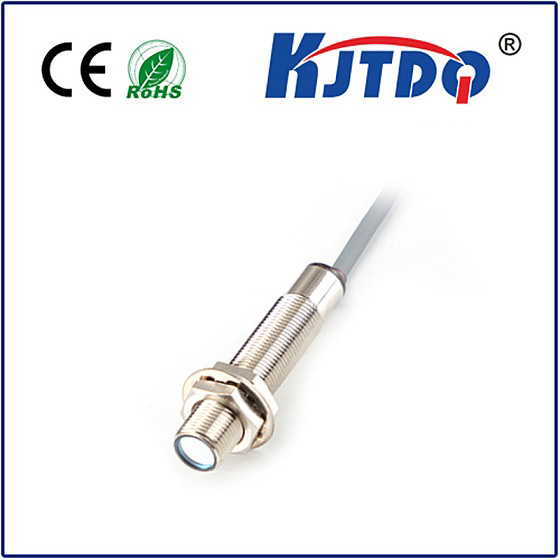
check

check

check

check
Title: The Versatile Power of Photoelectric Transmissive Switches
Introduction:
Photoelectric transmissive switches are a type of sensor that uses light to detect objects or changes in the environment. These switches work by emitting and receiving light beams, which allows them to detect the presence or absence of objects without making physical contact. In this article, we will explore the many applications of photoelectric transmissive switches and how they have revolutionized various industries.
Industrial Automation:

One of the most significant areas where photoelectric transmissive switches are used is in industrial automation. They play a crucial role in monitoring and controlling machinery, ensuring safe operation, and preventing accidents. For example, these switches can be used to detect when a machine needs to stop or start based on the presence of materials or products on conveyor belts. They can also be used to count items passing through a production line, helping manufacturers track their output accurately.
Retail and E-Commerce:
Photoelectric transmissive switches are also essential in the retail and e-commerce industry. They can be used for inventory management, tracking product movement, and even anti-theft measures. For instance, if an item is removed from a shelf in a store, a photoelectric transmissive switch can trigger an alarm, alerting staff members to potential shoplifting activities. In warehouses, they can help automate the process of picking and packing orders, increasing efficiency and reducing errors.
Transportation:
In the transportation sector, photoelectric transmissive switches are used for vehicle counting, traffic control, and safety purposes. They can be installed at toll booths to count vehicles passing through, aiding in traffic management and revenue collection. Additionally, they can be used in railway crossings to detect approaching trains and activate warning signals to prevent accidents involving vehicles or pedestrians.
Environmental Monitoring:
Photoelectric transmissive switches have also made significant contributions to environmental monitoring. They can be used to detect airborne particles, such as dust or pollen, helping researchers study air quality and its impact on human health. Moreover, they can monitor water levels in reservoirs, rivers, and other bodies of water, providing crucial data for flood prevention and drought management efforts.
Conclusion:
The versatility of photoelectric transmissive switches makes them an essential tool across various industries. Their ability to detect objects or changes in the environment without physical contact has led to increased efficiency, improved safety measures, and better data collection for decision-making processes. As technology continues to advance, it's likely that we'll see even more innovative ways these switches are integrated into our daily lives
